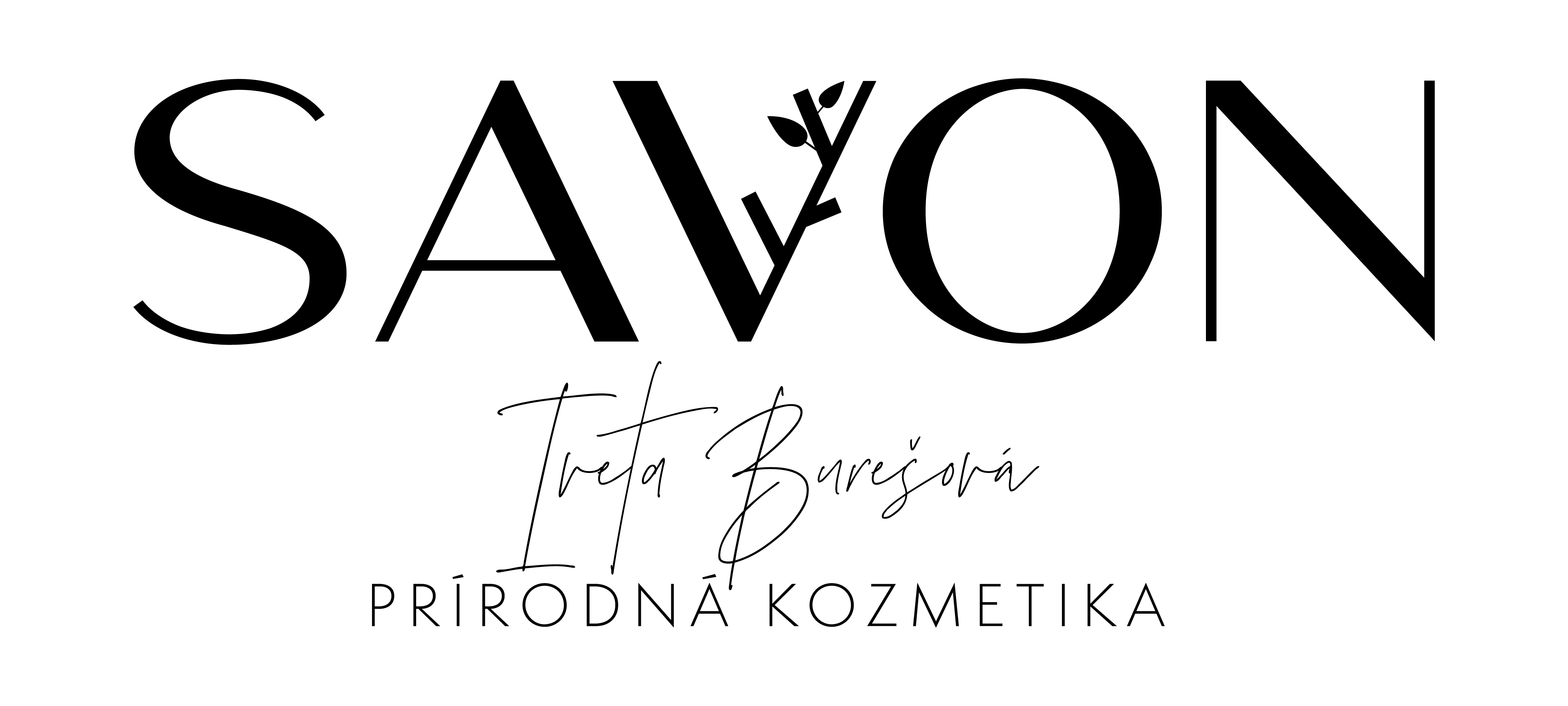How to Navigate Cosmetic Ingredients: 7 Ingredients You’d Better Avoid
How to Navigate Cosmetic Ingredients: 7 Ingredients You’d Better Avoid
When buying cosmetics, we often reach for what smells good, looks appealing, or promises miraculous results. But the most important information is often hidden in fine print – the ingredients list (INCI). That’s where you’ll discover what you’re really putting on your skin. And while the names may sound like a chemistry lesson, there are some ingredients worth avoiding — both for the health of your skin and the planet.
Here are 7 common cosmetic ingredients to watch out for:
1. Parabens (methylparaben, propylparaben, butylparaben…)
Used as preservatives, but studies suggest they may disrupt hormonal balance and are linked to skin irritation and allergies. They can accumulate in the body and have even been found in tumor tissues.
Safer alternative: Natural preservatives (e.g., fermented extracts, levulinic acid)
2. Synthetic Fragrances (Fragrance, Parfum)
This label can hide a mix of dozens of chemicals, including phthalates, which may be irritating, allergenic, or hormone-disrupting. Manufacturers are not required to disclose exact components.
Safer alternative: Essential oils or 100% natural fragrance components
3. Sulfates (Sodium Lauryl Sulfate – SLS / Sodium Laureth Sulfate – SLES)
Harsh foaming agents that can strip the skin’s natural protective barrier, causing dryness, itching, or redness. Commonly found in shampoos and body washes.
Safer alternative: Mild plant-based surfactants (e.g., coco-glucoside, decyl glucoside)
4. Mineral Oils (Mineral Oil, Paraffinum Liquidum, Petrolatum)
Derived from petroleum. While they give a silky feeling on the skin, they can clog pores and block the skin’s ability to breathe — with no real nutritional value.
Safer alternative: Plant oils (e.g., jojoba, almond, argan)
5. Phthalates (Diethyl Phthalate – DEP)
Used to make fragrances last longer and soften plastics. These endocrine disruptors can interfere with the hormonal system and are linked to reproductive issues.
Safer alternative: Fragrance-free products or those without synthetic additives
6. Formaldehyde & Formaldehyde-Releasing Preservatives (DMDM Hydantoin, Imidazolidinyl Urea, Quaternium-15…)
These preservatives slowly release formaldehyde, a known carcinogen. Often found in nail polishes and shampoos.
Safer alternative: Naturally preserved products (e.g., with fermentation or essential oils)
7. Triclosan
An antibacterial ingredient long used in soaps and toothpastes. It may contribute to antibiotic-resistant bacteria and disrupt hormones, while also harming aquatic ecosystems.
Safer alternative: Natural antibacterial ingredients like tea tree oil or grapefruit seed extract
How to check your cosmetics:
-
Read the INCI carefully: Ingredients are listed by quantity — the first ones are the most concentrated.
-
Less is more: A simpler formula is often the safest.
-
Use ingredient databases: Try tools like EWG Skin Deep or INCI Decoder.
-
Trust transparent brands: Look for those who openly disclose their ingredients and sourcing.
Conclusion
Your skin is your body’s largest organ — it deserves conscious care. Choose products that respect both your body and the environment. It’s not about perfection, but about awareness. Every step toward cleaner cosmetics is a step toward healthier, more radiant skin.
